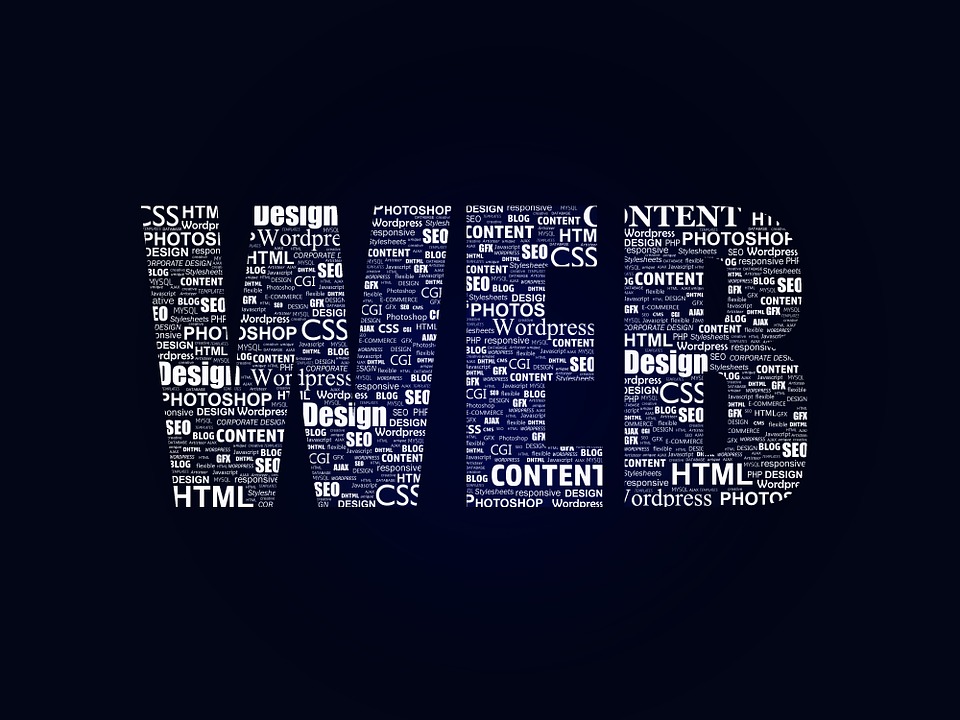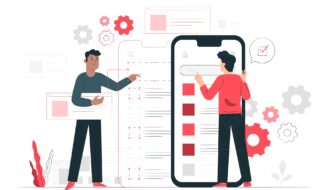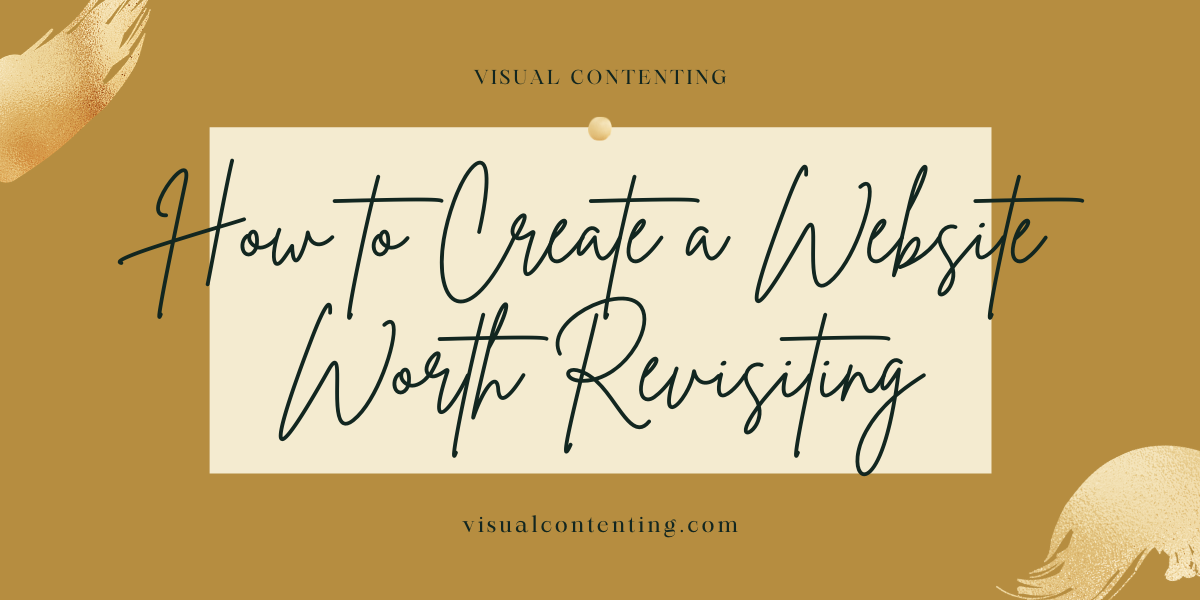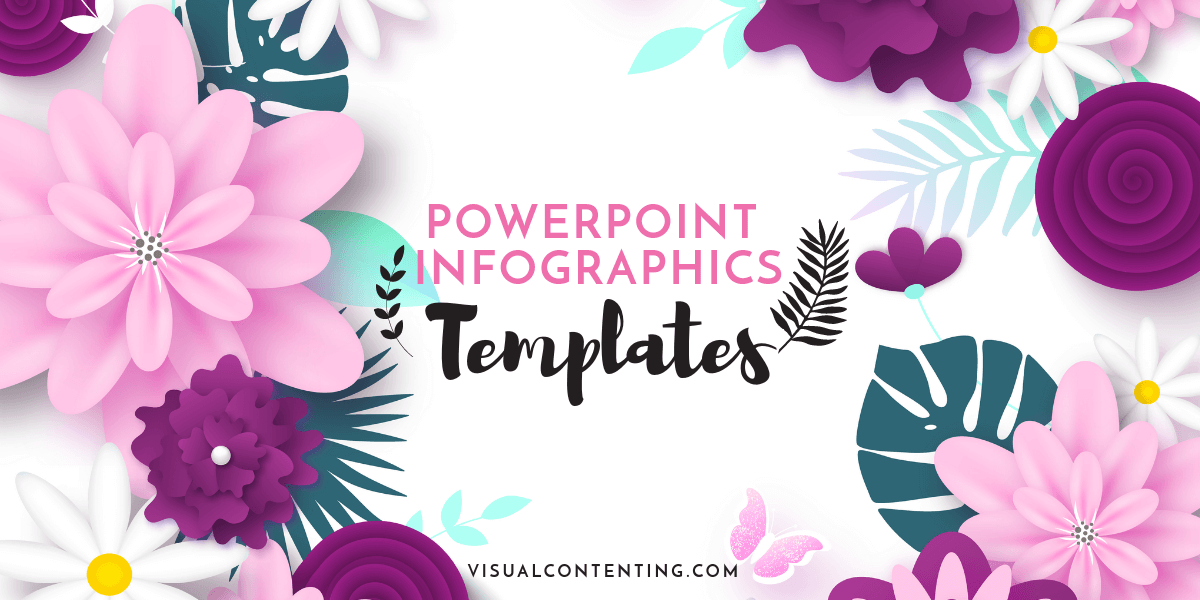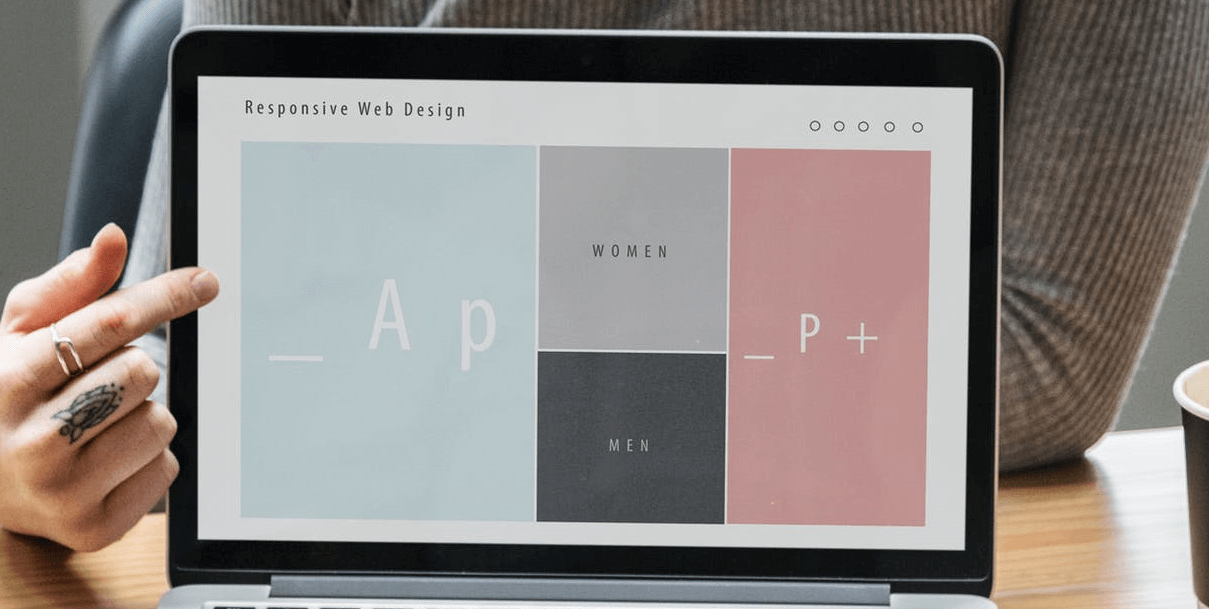The purpose of usability testing is to provide an opportunity to improve a design solution quickly and cheaply. It will show the problem areas, and at the same time, it will save time and valuable resources. However and surprisingly, most designers skip usability testing, and the reasons can be well understood. The problem is that if you skip the usability testing process, it has a high chance to add design debt which will result in technical debt. This will further hamper the product development process. Shipping a product without doing user testing to the slightest will have serious consequences for the product as well as your business resulting in an exodus of users.
You can make the most out of remote and rapid usability testing features that will enable you to gather quick feedback. This will be of great help during the design process and the prototyping phase.
Features of Remote Testing
The features of remote testing make it useful and beneficial for product design and elimination of technical debts in the process.
- It requires flat designs
- An online testing tool
- A relevant and proper research method and
- Research analysis.
If you have a small design team, you will need to test your product with five users to know the usability issues and uncover these. Using this tool you can collect small amounts of data in minutes even if your team consists of only one person. All you need is testing schedule, the standard number of users, and a quick synopsis of how to examine results.
When you use this method for usability testing you will gain the following benefits:
- Get help while wire-framing and low fidelity design phase by gathering quick feedback.
- Identify pain points and priorities of the users early on.
- Experience unremitting iterations on designs prior to development.
- Make the user experience more intuitive and frictionless.
Quantitative and Qualitative Tests
The remote testing method can be used for both qualitative and quantitative methods. In a quantitative method, it will help in reviewing interactions, navigation, animations, task times, preference tests, completion rates, and A/B tests.
For qualitative methods, the test will include desirability, content, visual look and its feel, and messaging. With the readability of notifications about the amount of time, the users prefer to see your site or banner before it vanishes will help you a lot to know about your product’s usability.
The click test in this method will help you to review the usability of any linked list. You will know whether or not the users understood the usability of the link in a low-fidelity and if they can select a connected list item successfully.
Preference Test
You can even use this usability testing method for preferences tests. You will quickly know whether or not the users are familiar with the specific UI pattern used in your product design. It will also indicate any usual or additional usability issues when it is in the development pipeline.
However, these preference tests are usually qualitative in nature and most of the times may provide inconclusive results. This depends on the population and size of the test sample.
The test if successfully conducted will help you to know which form of design is preferred and is the easiest to understand.
Concerns with Other Options
If you want to test the overall look and feel of the project, then you can even use the Microsoft Desirability Toolkit for that matter. This will help you to measure the users’ response to the visual qualities of your product. For this, you will have to use the product association keywords as the results will be usually split among a large number of keywords.
- The number of participants is important for usability tests. Though you can conduct such tests with as few as five participants that will uncover only about 85% of all usability problems in the product design phase. For best results, it is recommended that you consider at least twenty users per tests. In case you choose for fewer participants then you will need to do a follow-up test to uncover the remaining 15% of usability issues or errors.
- Research frequency is another aspect that you should carefully consider. You will have to plan your user research and space it well so that you not only come to know about the issues that develop over time and usage but also know about the ongoing UX improvements.
- Ideally, usability testing is a great way to resolve any disagreements, disputes, and errors in the product and amongst the members of your engineering teams. However, to know about participants’ preferences the best, you must conduct a plan to do it each week depending on the UX audit concern, on-boarding, navigation pain point or any other issue. Usability testing will result in positive feature development.
Research Methods
There are a few simple methods to follow for rapid usability testing. These are:
- Question Test – This method will provide quantitative and qualitative feedback on product designs. It will also provide feedback on the order of content that is most engaging and what the participants expect to do on the screen along with an option explored by the participants to improve a design.
- 5-second Test – In this method you show a participant a design for 5 seconds. This will help you to evaluate the accessibility, readability, and ease in locating any content or any UX design elements.
- Navigation Test – This is another method by which you can define the success of transitioning between the screens. You may assign the participants with specific test tasks for a single or any multi-step scenario and follow it up with questions to unearth additional feedback.
- A/B Test – This test will ensure that you know about the benchmark designs to evaluate the user preferences of different UI elements such as screens, components, and layouts.
Measuring results for all these tests require a short and descriptive analysis that will help you to know the statistical significance, design recommendations, and follow-up tests provided the results are inconclusive.
Related Posts
Andrew Thompson is an SEO analytics professional. He works as an independent blogger and data analytics consultant.
